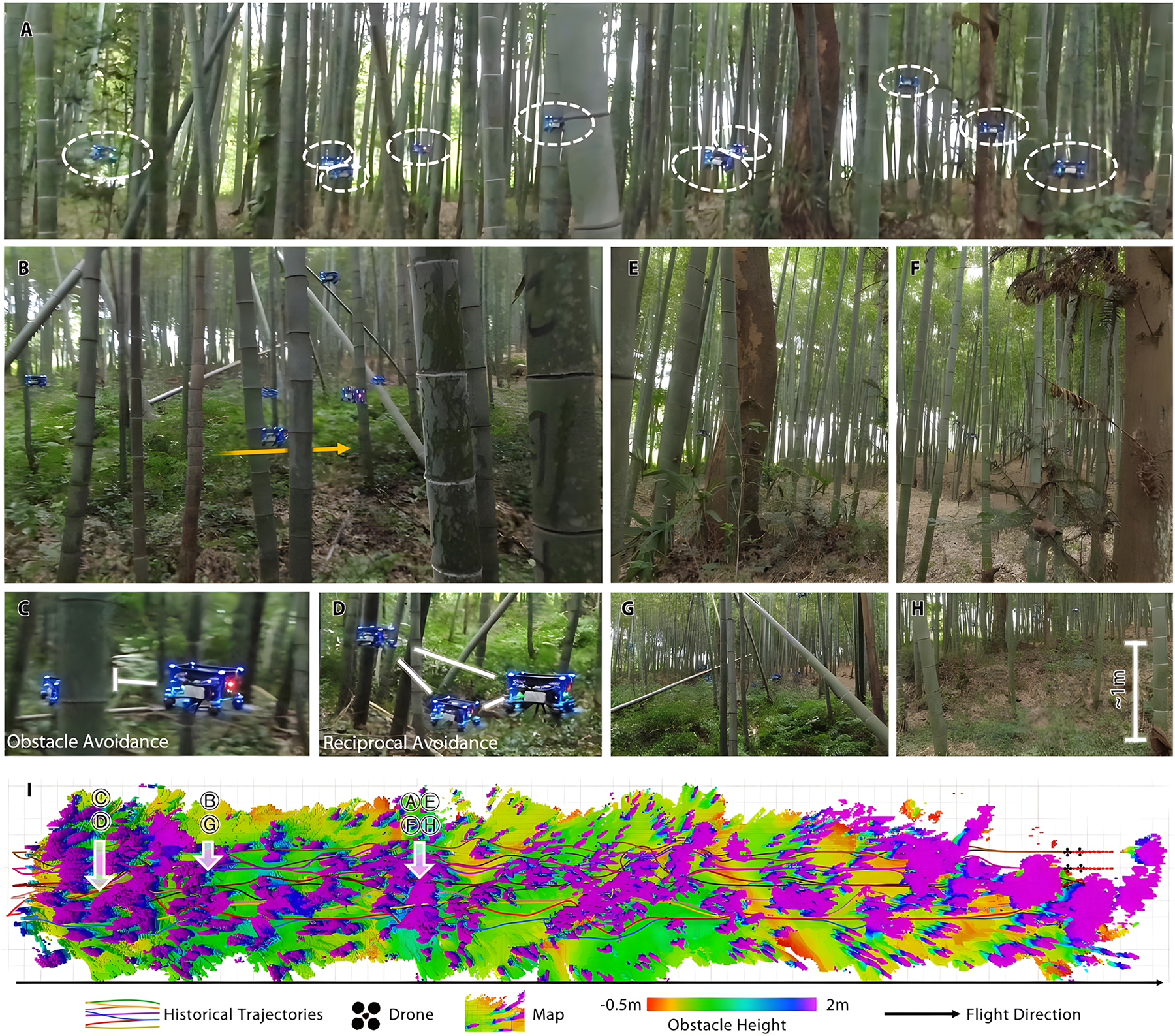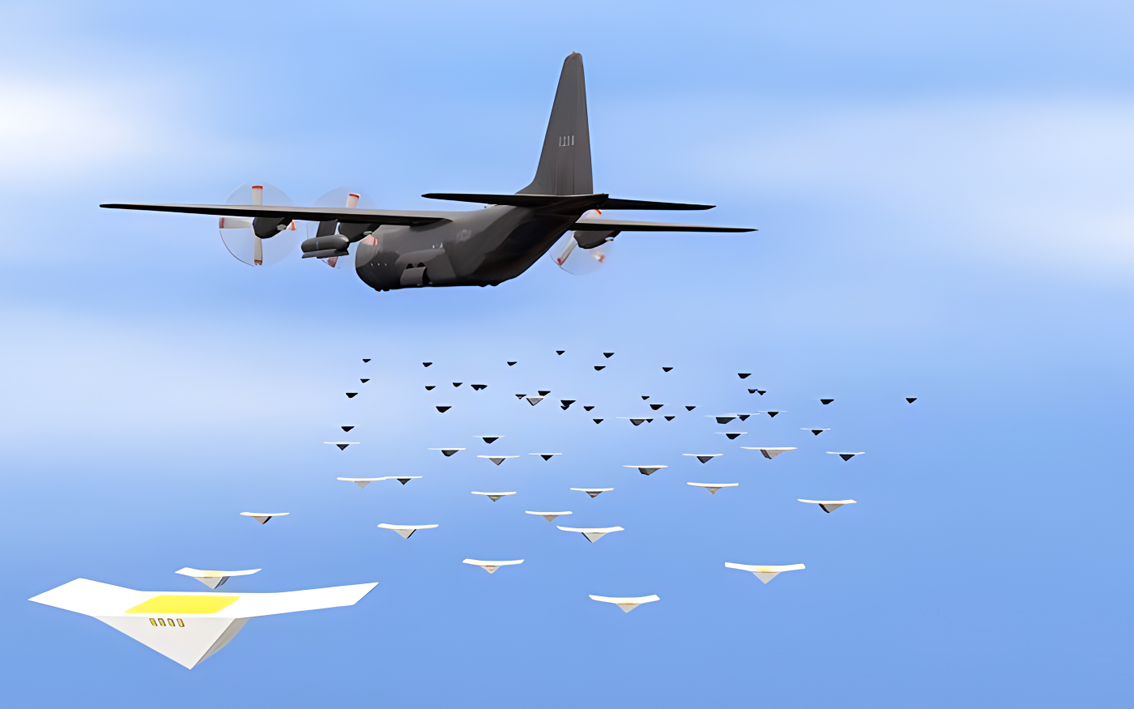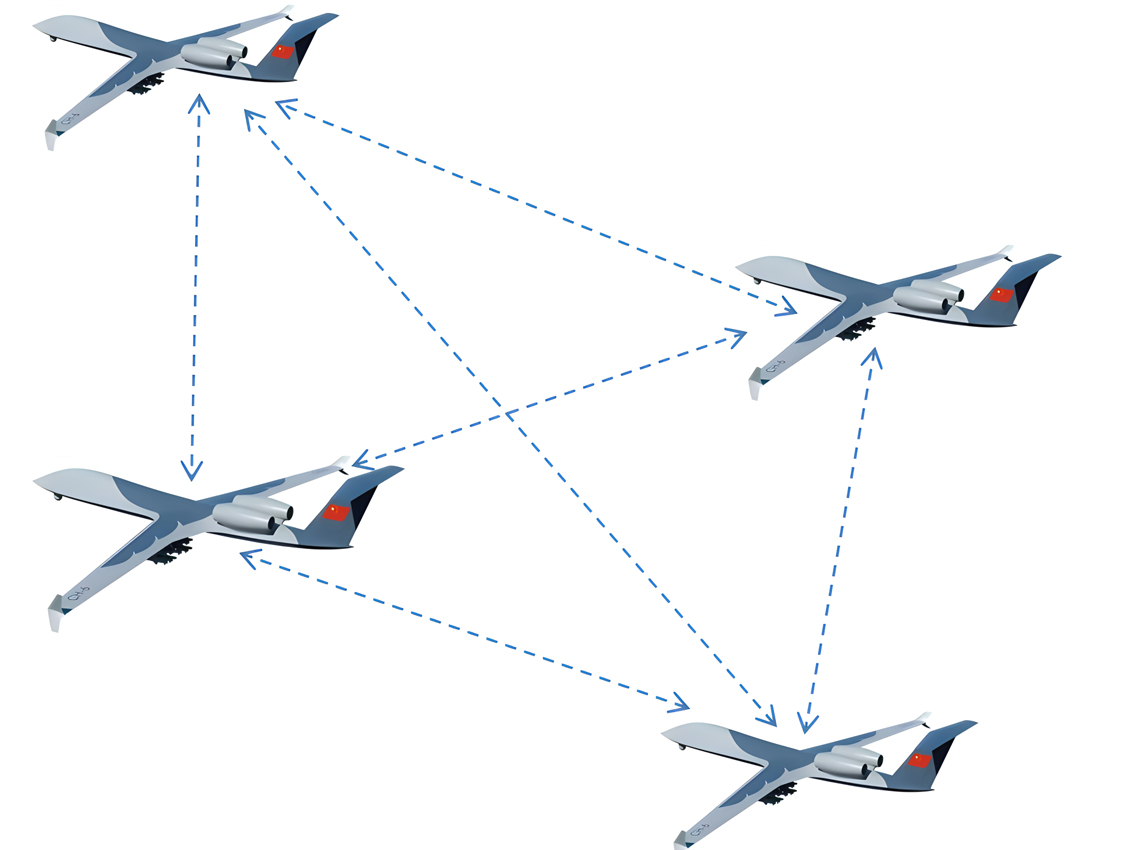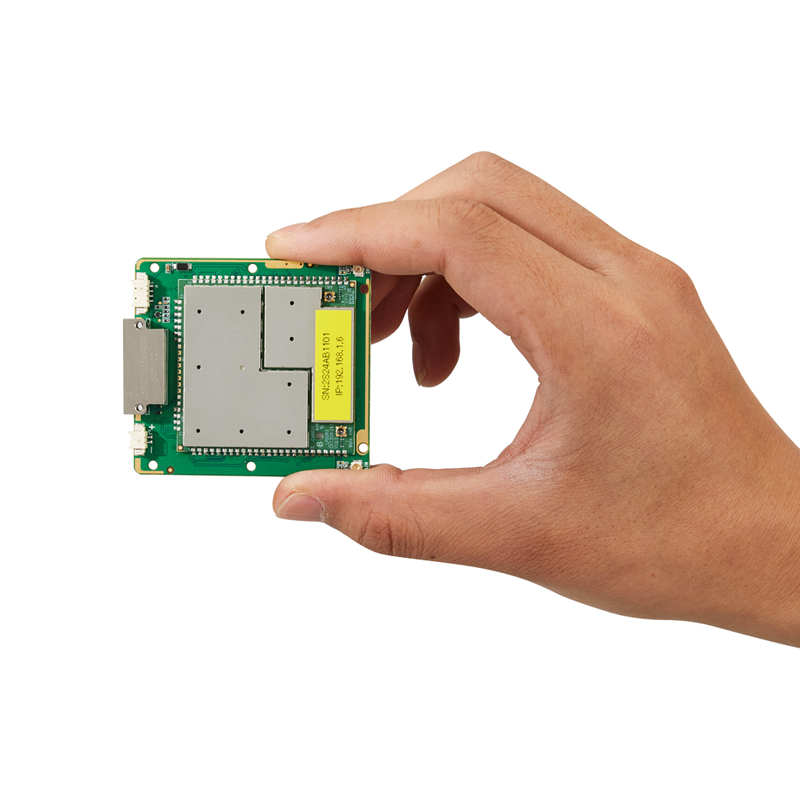Drone "swarm" refers to the integration of low-cost small drones with multiple mission payloads based on an open system architecture, which has the advantages of anti-destruction, low cost, decentralization and intelligent attack characteristics.
With the rapid development of drone technology, communication and network technology, and the increasing demand for drone applications in countries around the world, multi-drone collaborative networking applications and drone self-networking have become new research hotspots.
Current Status of China Drone Swarms
Currently, China can realize the combination of multiple launch vehicles to launch 200 drones at a time to form a swarm formation, which will greatly promote the rapid formation of China's unmanned swarms' combat capabilities such as collaborative networking, precise formation, formation change, and precision strike.

In May 2022, a research team from Zhejiang University in China developed a micro-intelligent drone swarm technology, which allows drone swarms to shuttle freely among overgrown and lush bamboo forests. At the same time, drone swarms can continuously observe and explore the environment, and autonomously control the formation to avoid obstacles and avoid damage.
This technology has successfully solved a series of difficult problems such as autonomous navigation, track planning, and intelligent obstacle avoidance of UAV swarms in treacherous and changeable environments. It can be used in fires, deserts, cliffs and other environments that are difficult for people to reach to complete search and rescue missions.
How Do China Swarming Drones Communicate With Each Other?
The unmanned aerial vehicle network, also known as the network of UAVs or the unmanned aeronautical ad hoc network (UAANET), is based on the idea that the communication between multiple drones does not completely rely on basic communication facilities such as ground control stations or satellites.
Instead, drones are used as network nodes. Each node can forward command and control instructions to each other, exchange data such as perception status, health status and intelligence collection, and automatically connect to establish a wireless mobile network.
UAV ad hoc network is a special form of wireless ad hoc network. It not only has the inherent characteristics of multi-hop, self-organization, and no center, but also has its own particularity. The main features are introduced as follows:


(1) High-speed movement of nodes and highly dynamic changes in network topology
This is the most significant difference between UAV ad hoc networks and traditional ad hoc networks. The speed of UAVs is between 30 and 460 km/h. This high-speed movement will cause highly dynamic changes in topology, thus affecting network connectivity and protocols. Serious impact on performance.
At the same time, the communication failure of the UAV platform and the instability of the line-of-sight communication link will also cause link interruption and topology update.
(2) Sparseness of nodes and heterogeneity of the network
UAV nodes are scattered in the air, and the distance between nodes is usually several kilometers. The node density in a certain airspace is low, so network connectivity is a noteworthy issue.
In practical applications, UAVs also need to communicate with different platforms such as ground stations, satellites, manned aircraft, and near space platforms. The self-organizing network structure may include different types of drones or adopt a hierarchical distributed structure. In these cases, the nodes are heterogeneous and the entire network may be heterogeneously interconnected.
(3) Strong node capabilities and network temporariness
The communication and computing devices of the nodes are provided with space and energy by drones. Compared with traditional MANET, drone self-organizing networks generally do not need to consider node energy consumption and computing power issues.
The application of GPS can provide nodes with accurate positioning and timing information, making it easier for nodes to obtain their own location information and synchronize clocks.
The path planning function of the onboard computer can effectively assist routing decisions. Most drone applications are carried out for specific tasks, and the operation regularity is not strong. In a certain airspace, there is a situation where the node density is low and the flight uncertainty is large. Therefore, the network has a stronger temporary nature.
(4) Uniqueness of network goals
The goal of traditional Ad Hoc networks is to establish peer-to-peer connections, while drone self-organizing networks also need to establish peer-to-peer connections for the coordination function of drones.
Secondly, some nodes in the network also need to serve as central nodes for data collection, similar to the function of wireless sensor networks. Therefore, it is necessary to support traffic aggregation.
Third, the network may include multiple types of sensors, and different data delivery strategies for different sensors need to be effectively guaranteed.
Finally, business data includes images, audio, video, etc., which have the characteristics of large transmission data volume, diversified data structure, and high delay sensitivity, and the corresponding QoS needs to be ensured.
(5) The particularity of the mobility model
The mobility model has an important impact on the routing protocol and mobility management of Ad Hoc networks. Unlike the random movement of MANET and the movement of VANET limited to roads, drone nodes also have their own unique movement patterns.
In some multi-drone applications, global path planning is preferred. In this case, the movement of drones is regular. However, the flight path of automated drones is not predetermined, and the flight plan may also change during operation.
Two mobility models for UAVs performing reconnaissance missions:
The first is the entity random mobility model, which performs probabilistic independent random movements in the left turn, right turn and straight direction according to a predetermined Markov process.
The second is the distributed pheromone repel mobility model (DPR), which guides the movement of drones according to the amount of pheromones produced during the UAV reconnaissance process and has reliable search characteristics.
IWAVE UANET radio module, tiny size(5*6cm) and light weight(26g) to ensure 10km communication between IP MESH nodes and ground control station. Multiple FD-61MN uav ad hoc network OEM module building a large communication network is built through the drone swarm, and the drones are interconnected with each other to complete the assigned tasks in a certain formation according to the on-site situation during high speed moving.
Post time: Jun-12-2024








